As an Amazon Associate I earn from qualifying purchases.
Podcast: Play in new window | Download

That term can mean two things: Beers fermented with wild yeast instead of introduced beer yeast, and beers using wild, foraged ingredients. Bitter, aromatic herbs as an alternative to hops. Hell, wild hops if it grows near you. Maybe it’s adding roasted dandelion or chicory root to a porter or stout. Or a wild fruit lambic or saison. Try your hand at making a local version of the ancient gruit herbs that were used in beers before the dominance of hops. (More on that in the next HAGC post)
This week Rick Sellers, formerly of Auburn Alehouse joins me in the conversation. Rick has been a professional brewer, bar owner, beertender and nationally known beer writer. He’s the real deal when it comes to knowing how the suds are made.
We talk all about wildness in beer, about the rise of hops as beer’s primary herbal additive, and we brainstorm about how you can introduce the wild into your own brewing. This isn’t a how-to podcast, it’s more of an idea starter. I fully intend to talk more about beers and brewing as time goes on, so stay tuned.
We made a lot references in the hour’s conversation, and the following links will help you out if you want more information:
- We reference several good books, starting with Pascal Baudar’s The New Wildcrafted Cuisine: Exploring the Exotic Gastronomy of Local Terroir, then Stephen Harrod Buhner’s Sacred and Herbal Healing Beers: The Secrets of Ancient Fermentation, Bitters: A Spirited History of a Classic Cure-All, with Cocktails, Recipes, and Formulas by Brad Parsons, and The Drunken Botanist by Amy Stewart.
- I brought up the idea of adding roasted California coffeeberry seeds to a porter or stout; Kentucky coffeeberry would work, too. If you want to forage for California coffeeberry, here is my article that will help you do so.
- I am making a wild ginger saison beer. Wild ginger is a controversial ingredients, and here is my research on the topic.
Enjoy this week’s podcast, and, as always, if you like it, please subscribe and leave a review. It helps me a lot. Thanks!
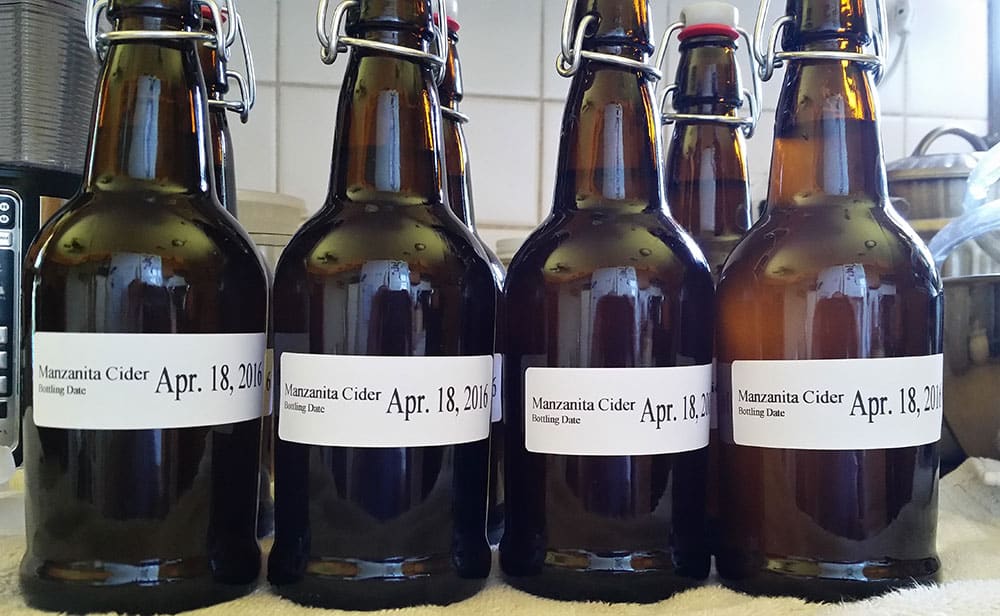
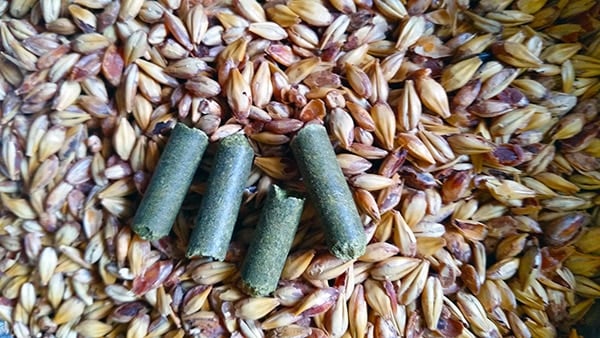
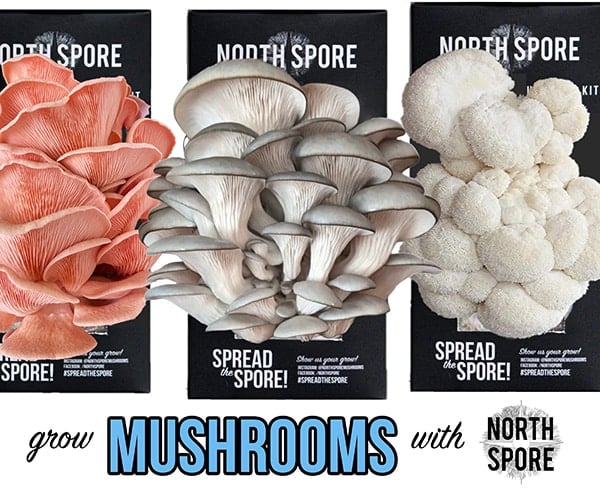
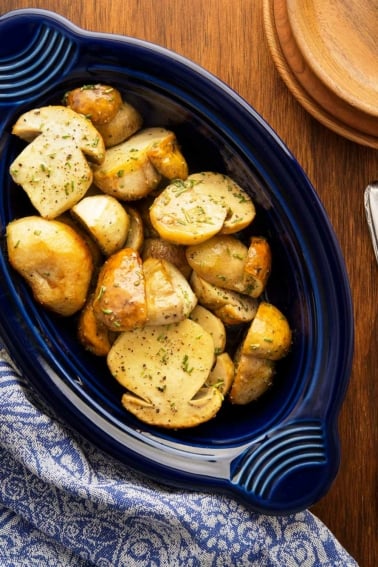
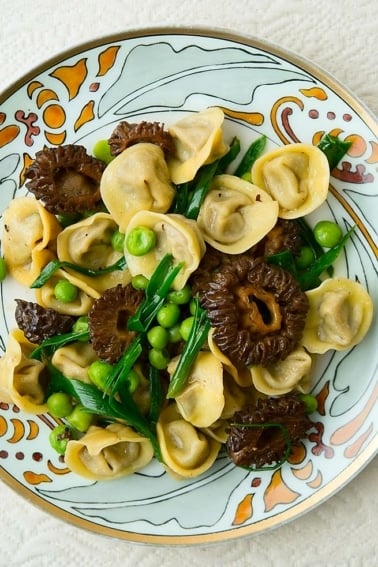
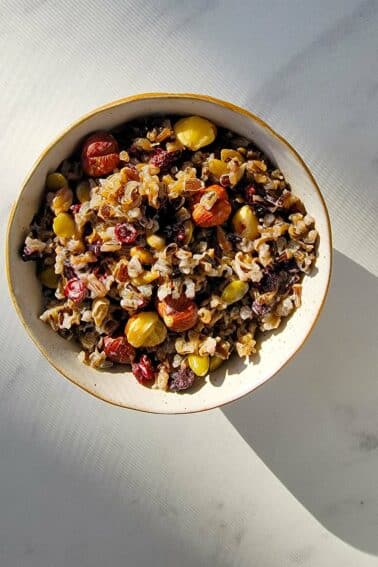
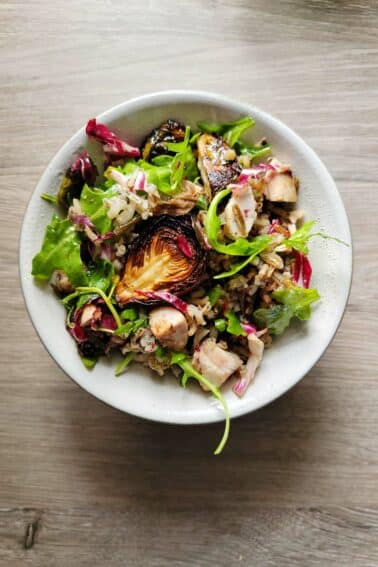
I was wondering if there are some people or organizations similar to what your doing but on the east coast/ north eastern?
Hey I just tuned in to this podcast and was curious to learn more about using California sagebrush in brewing. I grew up in California and always found its aroma fascinating, and have long wondered about how to capture that flavor. In the last couple years life has taken me far away and that scent evokes a strong sense of nostalgia. Now more than ever I’d like to be able to incorporate that flavor in my homebrews but my physical distance makes experimentation a logistical challenge. Since this podcast have you had a chance to give it a try? How has it worked out? Any practical tips?
Hey, good listening especially late night after work and beer. Random questions coming up, recently moved to south east Asia, and your episode got me thinking. Have bee making sourdough since February (wild ferment happens pretty fast in the tropics, getting some funky aromas:). Recently started a batch of Thai style Tabasco, 1 month in and it’s grown a decent “crust” ( patience, patience..) so after listening to the episode on wild brewing I am pretty keen to get a brew going. The only question is, got any knowledge/recommendations on thai veg/herbs that could be used to replace hops (they don’t grow here, craft beer is expensive!)
Long winded question, sorry.
Like your work.
Cheers
Danny
Danny: Sorry, I don’t. But I bet Australian beer brewers might!
Thanks, Hank. We do a lot of hiking, so I will have to keep in mind what to look for in terms of flora morphology. Looks like we should look about 1.5 hrs to the East. I bet they’re putting on their cones right about now.
Next up is a hyssop beer. I’m going to get the feel for the bittering effects of hyssop and yarrow in pure beers and then make IPAs with hyssop or yarrow as augmenting bittering agents. It’s hard to not look for the aroma hops when you open a beer.
Hank,
We have a small farm (3.5 acres) south of Modesto, CA and do a lot of similar things to those I see in your website (with the exception of fishing – I’m a terrible fisherman). I am making my first yarrow beer using a plant that happened to mysteriously start growing just outside our front door, and I wanted to augment with myrica gale. I noticed you said that there are relatives to myrica gale in CA. Can you tell me where they are found?
Matt: Along streams and rivers below 6000 feet. Can’t give away an exact location, though, as they are fairly hard to find. Look for Myrica hartwegii.
Another great episode in the books! Just a thought for a podcast: It would be great to hear an episode all about bread making/wild fermented bread/starter doughs, different types of grains and milling, etc? Basically all things bread/pasta/dough/grains?
-Ronnie
Great podcast, Hank! I hope you’ll consider having Pascal Bauder on your podcast sometime in the future to talk about foraging and wild beer brewing, too. His new book on wildcrafted cuisine is stunning and his Facebook page is wonderful to follow, I’m simply in awe of the man.
Jim: That’s the plan!
When I return from hunting empty-handed (as I did two weeks ago…although no worries, I made good last weekend with my first turkey) sometimes I’ll take a few juniper boughs as a consolation prize and make the rather old style of ale from Finland, sahti. Unhopped and unboiled, traditionally…mashed in with juniper-infused water and lautered through a bed of juniper twigs. Traditionally they use Finnish baker’s yeast, which is said to be a bit wild, and a strong fermenter, but I’ll usually use a Belgian strain to give some of the esters. This last time I’m using a Saison strain, which seems appropriate enough. Generally it’s consumed with light carbonation at most. The past two years I made it to be ready at Christmas-time after my deer stand comes down…it accompanies poronkäristys or “sautéed reindeer” (a great use of even non-reindeer venison, as it happens) quite well. Wonderful scent of the forest.
I’ll try this post again, the last one disappeared somewhere…
A friend added just a bit of sage when he was making a batch of Pilsner-style home brew. Not too much, just a hint that created a soft aftertaste of sage. It’s easy to overpower things. I’d brought the sage back from a Wyoming antelope hunt in a mason jar so I could occasionally take a whiff and return (at least in my mind) to those high sage deserts.
Had the beer with grilled antelope chops; nothing better.